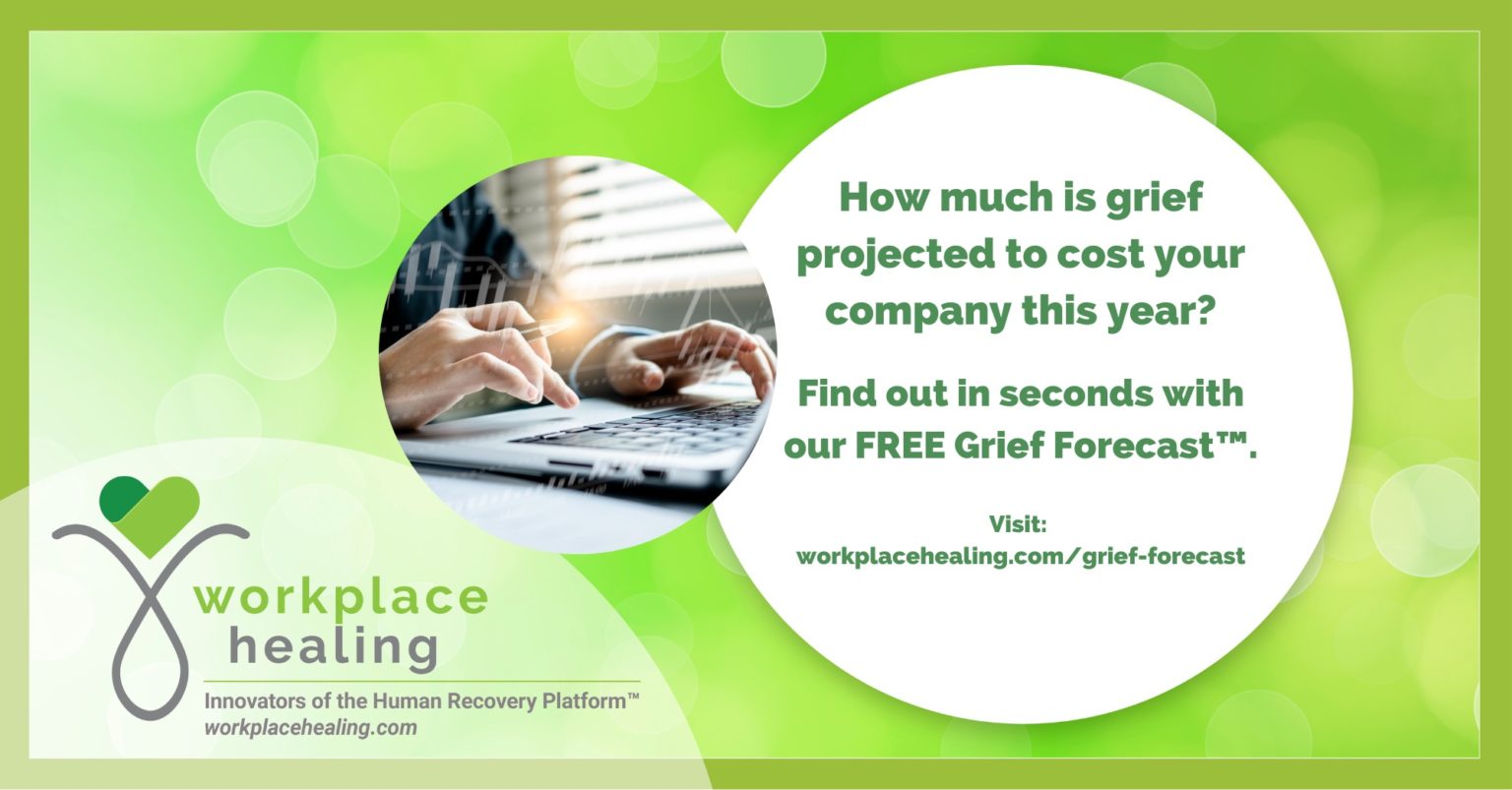
Back from Bereavement. Now What?
The days and weeks following bereavement leave are critical to the well-being of your grieving employee. With a balanced strategy, you can support your employee while also protecting the integrity and performance of you and your team.
Your employee just returned from bereavement leave. Does that mean everything can go back to normal? Not exactly. Instead, a grieving employee will be trying to find their footing in a new reality, leaving you with questions like:
- Do I mention their loved one who died or will that upset my grieving employee more?
- How do I reintegrate my employee back to work while being sensitive to their grief?
- What can I say or do that would be meaningful to my employee without it seeming contrived or sounding cliché?
Uncertainty about how to manage an employee experiencing a life disruption can cause plenty of awkwardness and discomfort for leaders. And concerns about finding the right words and actions are valid. Mishandled grief can have serious downstream effects on you, your team and your company.
Unsupported grief affects all parts of an organization, costing leaders trust and loyalty and companies billions in lost productivity, reduced job performance, presenteeism, absenteeism, on-the-job errors and turnover.
Click to run the numbers in seconds.
Well-intended, but ill-prepared.
Standard bereavement leave at most U.S. companies is between three to seven days, which is often barely enough time to plan a funeral much less begin to process the loss of a loved one.
Knowing this, many well-meaning managers will tell an employee to “take as much time as you need.” But this is neither realistic for an employee who can’t afford to take unpaid time off, nor the employer who will need to know when their employee will return to work.
This vague statement of support can also be misconstrued. For example, one HR manager shared how her organization had an employee going through cancer. Without consulting HR, the employee’s direct supervisor told the employee to take as much time as she needed and “we’ll take care of you.” Assuming that meant she would be paid for the time she wasn’t in the office, the employee continued to fill out time sheets even though she wasn’t working. “The way that situation was handled was a complete disaster,” the HR manager says.
Short-term policies ignore long-term pain.
Following bereavement, many managers refer their grieving employees to the company’s Employee Assistance Plan. Through their EAP an employee can often access support like a series of counseling sessions.
But employee benefits only go so far. You’ll still need leadership strategies to sensitively reintegrate a grieving employee who is battling grief-related brain fog and an inability to focus for long periods of time and perform at the same capacity as before—even if they say work is a welcome distraction.
Learn the Six Mistakes Leaders Make with Bereaved Employees.
Insights to lead with confidence.
Grief is inevitable, but the financial and cultural risks to your organization don’t have to be. No leader should feel helpless or worried about doing or saying the wrong thing when trying to support an employee who is experiencing a personal crisis.
Knowing how to successfully re-engage a grieving employee requires a delicate balance of heart-based support with your head-based corporate environment. For example:
- Make your grieving employee aware of relevant employee benefits, legal counsel and/or support groups they might find beneficial.
- Organize a meal train to ensure your employee and their family feel emotionally and physically nourished.
- Set aside time to check in with your employee to assess their current capacity and temporarily re-assign projects as necessary.
- Acknowledge anniversaries and difficult holidays to demonstrate you care.
An easy-to-navigate executive roadmap.
If you don’t know what to say or do, or you’ve done or said something that was well-intentioned but misinformed in the past, you aren’t alone. Until now, few leaders have had access to a comprehensive resource that can help them effectively support a grieving employee in the short and long-term.
“We chose Workplace Healing because it complements the heart of our organization which is to care for and support our associates. The Human Recovery Platform equips our leaders with resources to care for our associates during difficult periods in their lives.”
~ Ty’Isha R. Moore, MPA, Senior HR Business Partner, Mariner Wealth Advisors
We designed the Human Recovery Platform™, a B2B SaaS, to eliminate the clumsy, fly-by-the-seat-of-your-pants approach to leading through grief in the workplace. Among the Human Recovery Platform’s features:
- Critical empathy leadership skills education to help you successfully lead your team through any challenging employee life disruption that causes grief.
- Menu of practical and thoughtful tactics that you can customize to your employee’s life disruption.
- 24/7 access with a built-in scheduling function.
With every actionable step and meaningful support tactic, you’ll help reintegrate your employee and strengthen your team by building engagement and trust. The Human Recovery Platform equips you and your team to confidently address life disruptions that cause grief, including:
- Death of a loved one
- Divorce
- Personal injury/illness
- Caregiving
- Career transitions
Let’s talk. Give us 30 minutes, and we’ll show you how easy it can be to support a grieving employee. We’ll walk you through how the Human Recovery Platform works, common scenarios in the workplace, and how the platform can help you retain valuable employees, restore productivity and strengthen your workplace culture.


